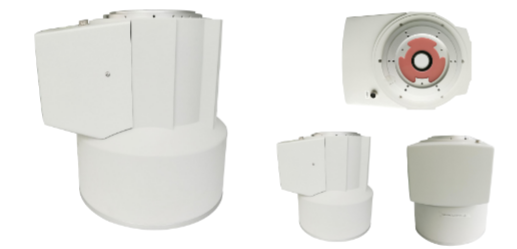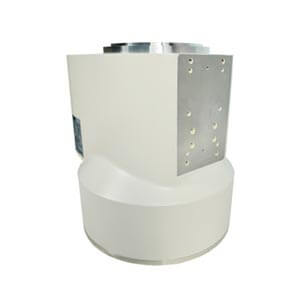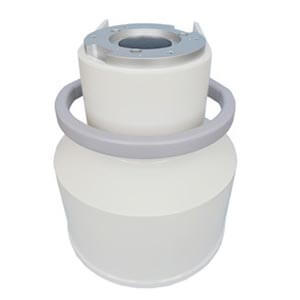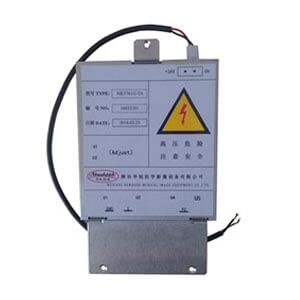Home›Blog ›Common faults and troubleshooting methods of image intensifier liner
Common faults and troubleshooting methods of image intensifier liner
Since the inner tank of the image intensifier is vacuumed, if there is a malfunction, the cost of vacuuming and remanufacturing the inner tank is the same, so it can only be replaced or purchased.
If the image is blurred and the voltage on the high voltage terminal drops linearly, it means that the inner tank of the image intensifier is a vacuum device. Once the inner tank is leaking, you can only replace the inner tank or purchase new products.
If the image intensifier is energized, the output screen of the intensifier will show a half-crescent light without radiation. This shows that the vacuum of the inner tank is poor. The larger the bright area of the half crescent, the more serious the vacuum of the inner tank. So how to solve this problem, first: if the vacuum is not very serious, you can carry out a period of aging test, that is, to power the intensifier for a long time for 1-3 days, and observe whether this phenomenon still exists. Second: If the vacuum phenomenon is more serious, you can only replace the inner tank or purchase new products.
If the diagnostic bed equipped with an image intensifier is in the process of getting up, the image on the display shows that there are fluid objects flowing from the edge part or from the middle to the edge, and finally the display screen turns white, making it impossible to see the image. This shows that the inner bladder electrode has fallen off. This phenomenon often occurs on the Thales liner, mainly because the G3 electrode falls off. If this happens, it cannot be repaired and can only replace the inner tank or purchase new products.

Author:Lillian
Product Category
News
- Z* customers inquire about image intensifier maintenance of Newheek
- Lebanese customers inquire about Newheek for image intensifiers
- A customer in Guangzhou inquired about image intensifier maintenance
- A Nigerian customer ordered our Xray I.I. for replacement
- Uzbekistan customer inquiries about image intensifier
Contact us
Tel: (+86) 18953679166
Whatsapp: +86 18953679166
Email: service@newheek.com
Company: Weifang Newheek Electronic Technology Co., Ltd.
ADD: E Building of Future Star Scientific Innovation Industrial Zone of No.957 Wolong East Street, Yulong Community, Xincheng Sub-District Office, Weifang Hi-tech Zone, Shandong Province, China





